The development of the associative field in the landscape of padel currently remains quite disparate. The tennis clubs affiliated with the French Tennis Federation do not all intend to follow the will of the latter. Some lack the means, others have different priorities. But some clubs, which are able to do so, are convinced by what the padel to its members from a sporting point of view, but also for themselves and to revitalize their club life and their number of members.
We then asked ourselves, if the private sector, which until now has dominated the world of padel in terms of its offer (around 80% in Hauts-de-France), would suffer from this situation and from the will of the FFT to want to develop padel in affiliated clubs.
Beyond the fact that a club affiliated to the FFT has the means or not, not all leaders are against developing the padel, but not all leaders are for it either. The leaders or presidents of clubs do not all have the same aspirations. We have seen that the older a club leader, the less motivated he is to create a football pitch. padel. Some are inked with the idea that it is exclusively a tennis club and that only this practice counts.
Regarding tennis teachers, it's sort of the same phenomenon. The older the trainer, the less likely he is to teach this practice. There are reasons for this: some are close to retirement and therefore have no interest in wanting to diversify their field of action, and some are simply focused exclusively on tennis.
We said to ourselves, that on the contrary the tennis teachers, who currently represent the teachers of padel, would turn to private structures for teaching the practice, because the private sector has more means to pay them better. However, no argument proves it. Indeed, the number of private structures is very limited, especially in Hauts-de-France, and the sector is thus relatively blocked. It is very likely that a coach who sees the construction of a padel in the club in which he teaches, would teach mainly in his club, and possibly from a complementary point of view if he finds a place in a private center, and if he has the time. From an educational point of view, neither of the two environments, private and public, would be disadvantaged.
After all this research, we finally have the impression that the development of padel in tennis clubs can indirectly benefit private structures, or in any case not impact it. It is true that tennis licensees, as we have seen, would go to their tennis club if there was a court, especially for a price issue, but not all.
In addition, practitioners of padel correspond to a broad and very heterogeneous profile, and the majority of participants are not necessarily tennis licensees. We therefore have great doubts that the associative sector will be able to attract all sportsmen from sports other than tennis, in particular because the level of service will a priori always remain higher in private centers than in tennis clubs.
But the associative development of padel would allow a greater visibility of the practice, and therefore certainly an increase in the number of practitioners. This increase would also benefit private structures.
In Spain, there are padel 50% of private structures and 50% of associative structures, which shows that the two can exist together (even if you have to be careful with the comparisons, because the world of the Spanish economy has divergences from the French market). However, this competition between the two sectors must remain healthy and fair. Indeed, if the associative sector sells off its prices, then this would disadvantage the private sector. However, given the cost of a field, it is difficult to see the clubs going so far as to sell off its prices.
In summary, we have the pre-feeling that the development of the voluntary sector would not necessarily disadvantage the private sector. The latter could even benefit if this development of the voluntary sector is well structured.
Pierre studied STAPS, and validated a master's degree in sports management, after studying in Reims, Frankfurt and Lille. I discovered the padel in 2014 during my Erasmus year in Frankfurt thanks to a Spanish friend. Damn it is good padel !




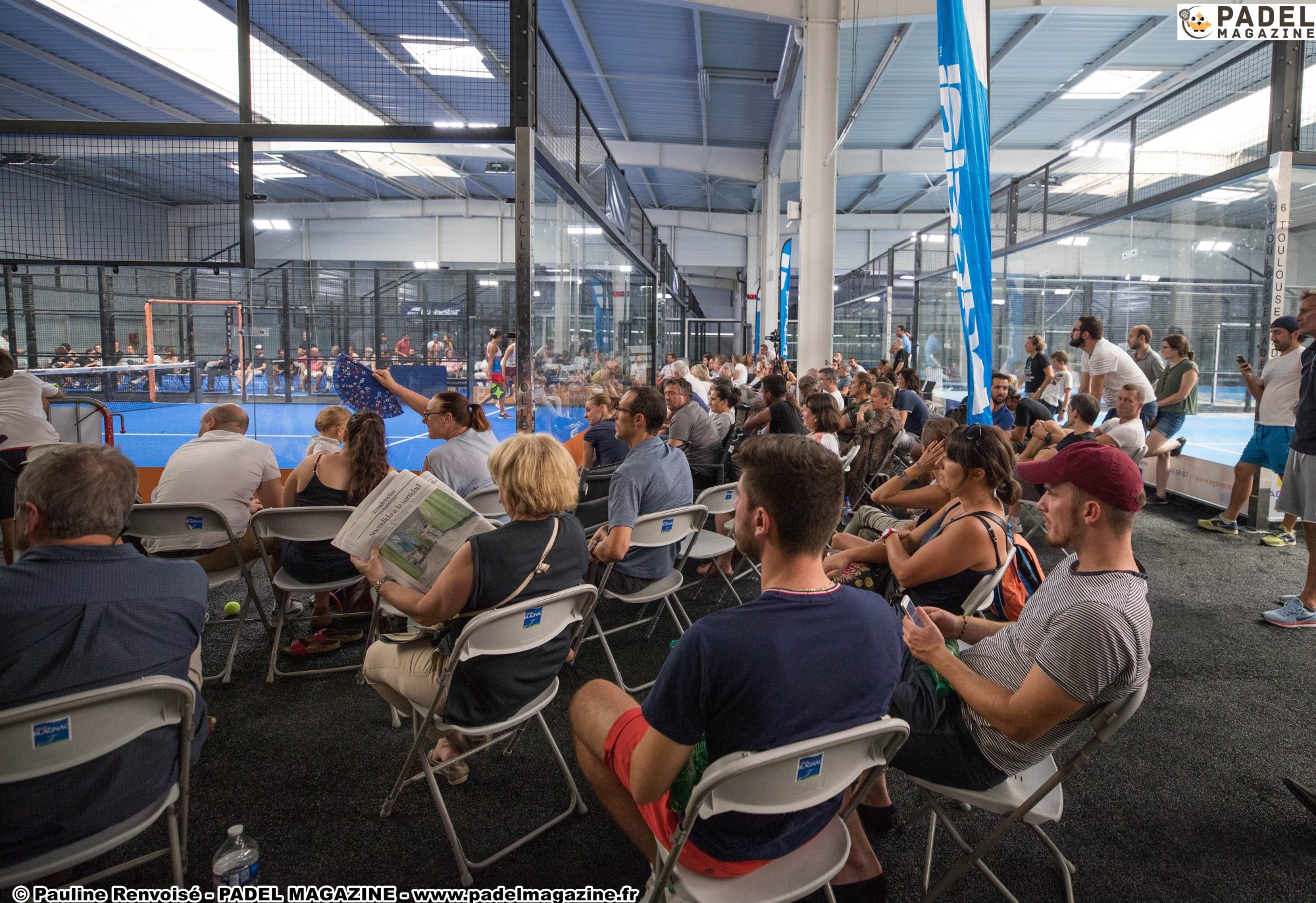

















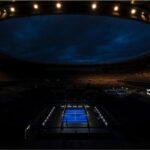














































































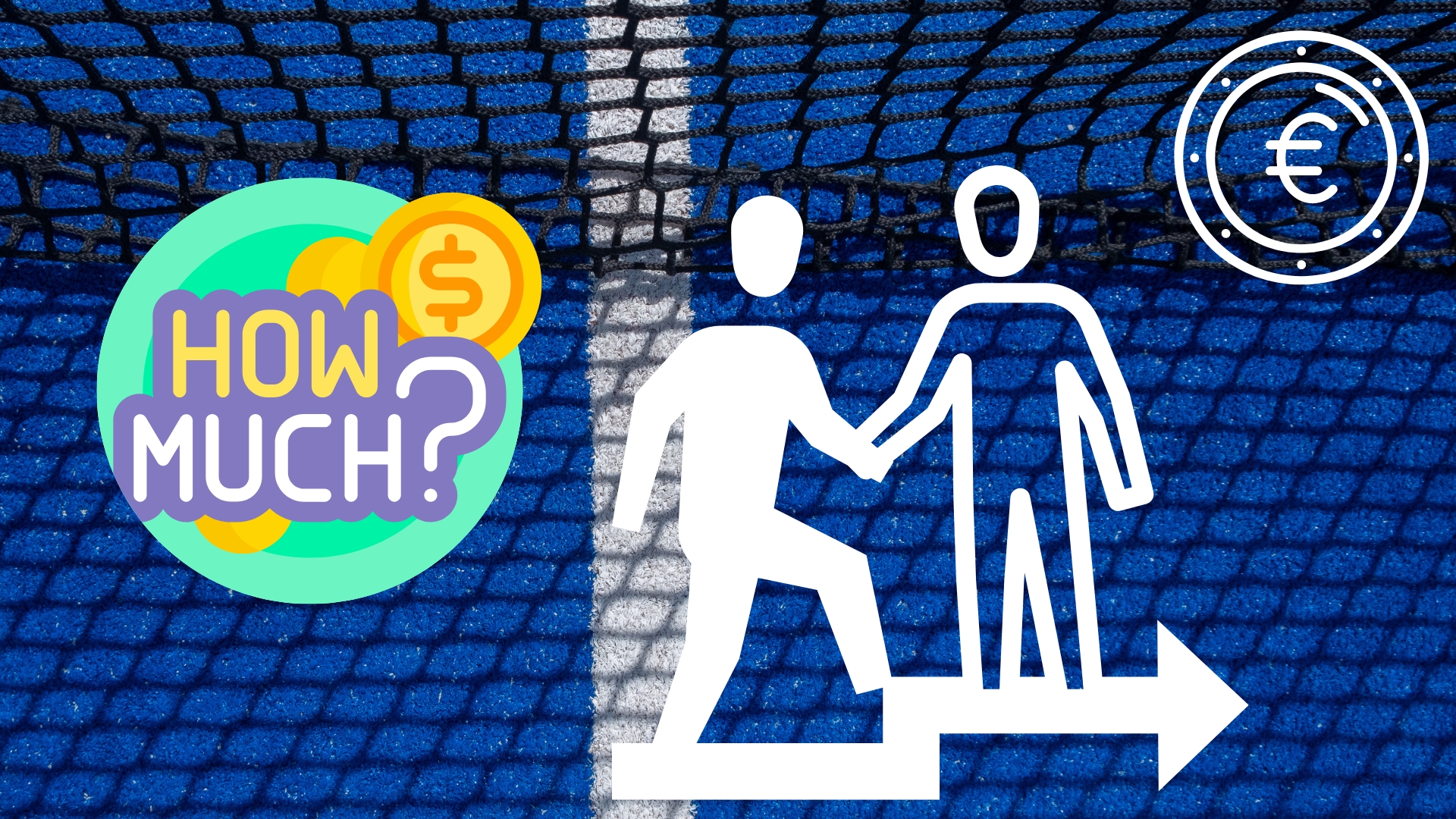 How much does it cost to play with a pro or a coach in a tournament?
How much does it cost to play with a pro or a coach in a tournament? Pro Padel League: update on the ranking after the first two stages
Pro Padel League: update on the ranking after the first two stages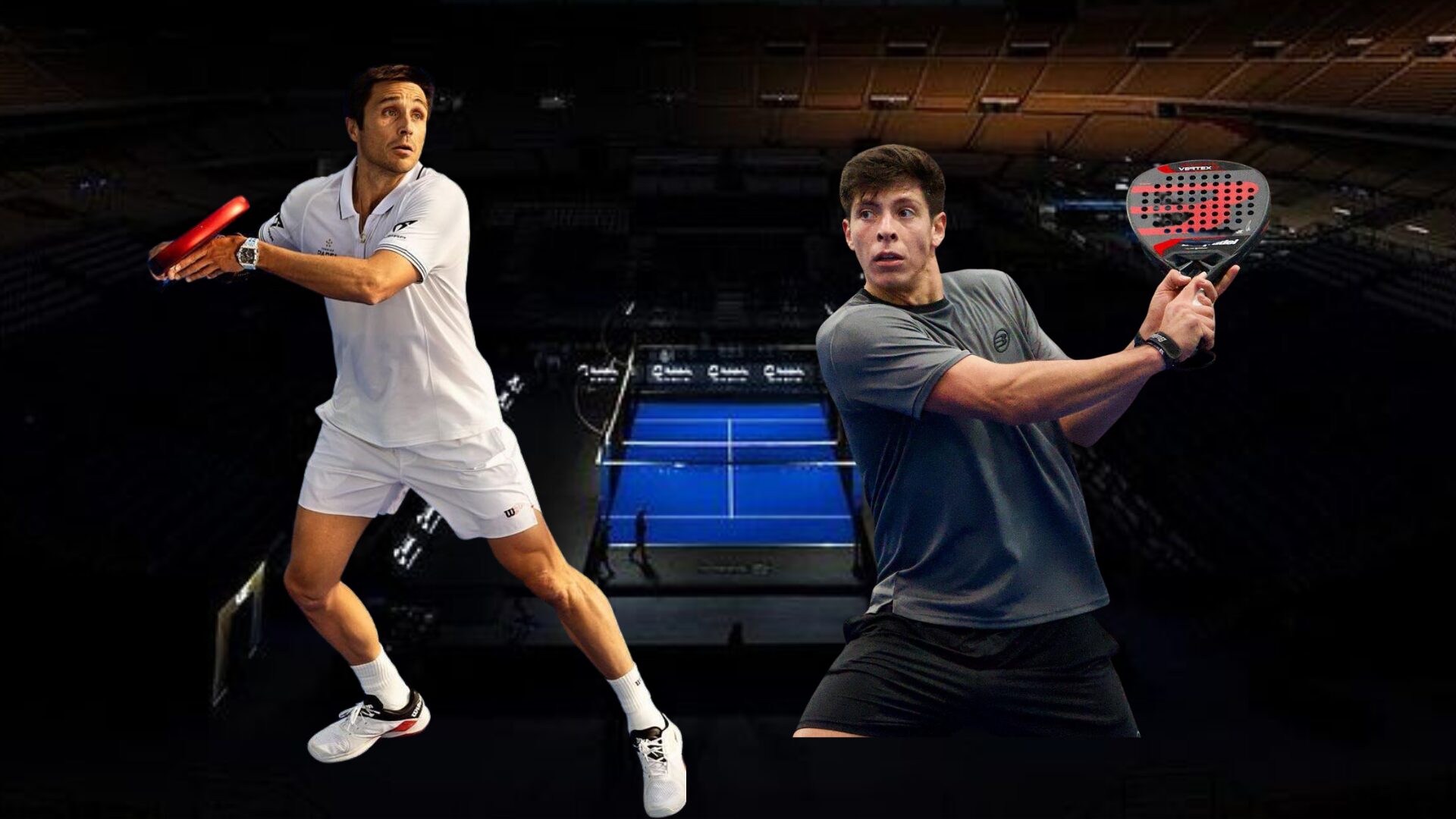 Where and when to see the very first match of the Belasteguin / Tello pair?
Where and when to see the very first match of the Belasteguin / Tello pair?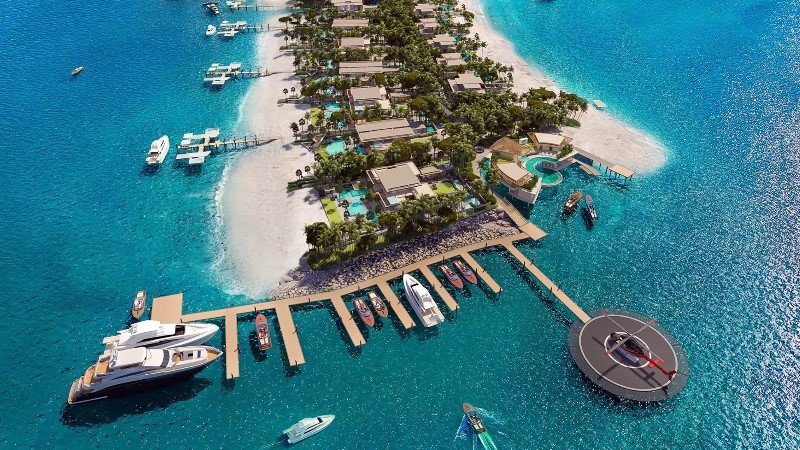 Ultra-luxurious residences with ski slopes padel floating in Dubai
Ultra-luxurious residences with ski slopes padel floating in Dubai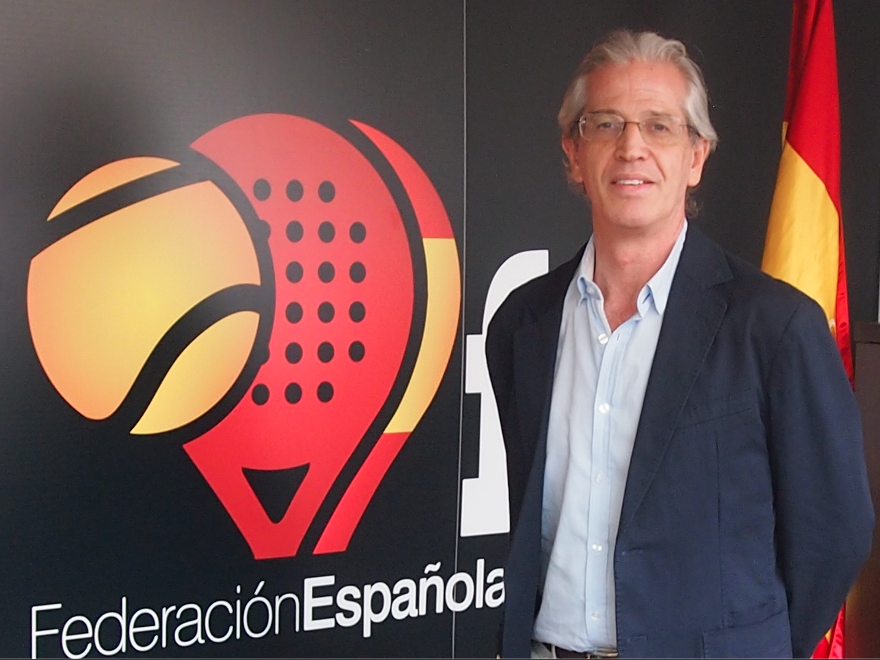 Ramón Morcillo: “I was surprised by France”
Ramón Morcillo: “I was surprised by France” Guillaume Codron: “South Padel, a family project”
Guillaume Codron: “South Padel, a family project” Nallé Grinda: “Democratize the padel in the USA with PadelX "
Nallé Grinda: “Democratize the padel in the USA with PadelX " Simon Boissé: “We know that there are two nations in front of us”
Simon Boissé: “We know that there are two nations in front of us”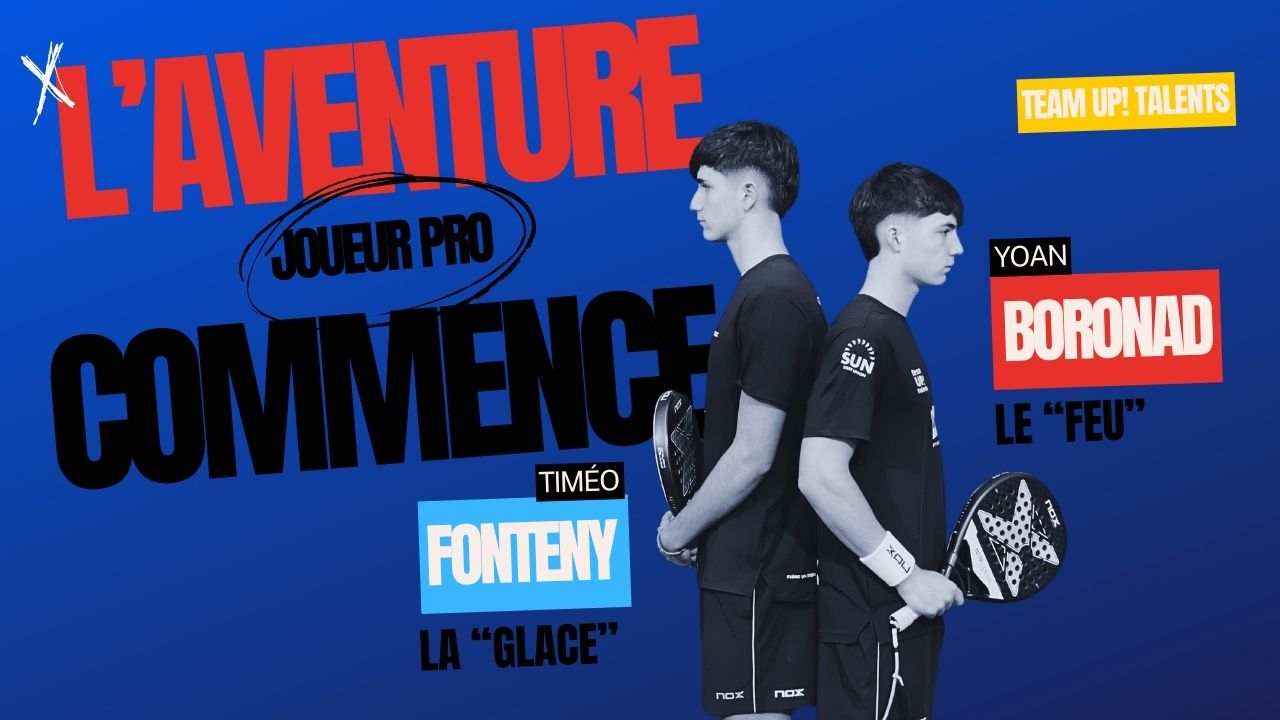 TeamUp! Talents welcomes a new partner: Padel MagTV
TeamUp! Talents welcomes a new partner: Padel MagTV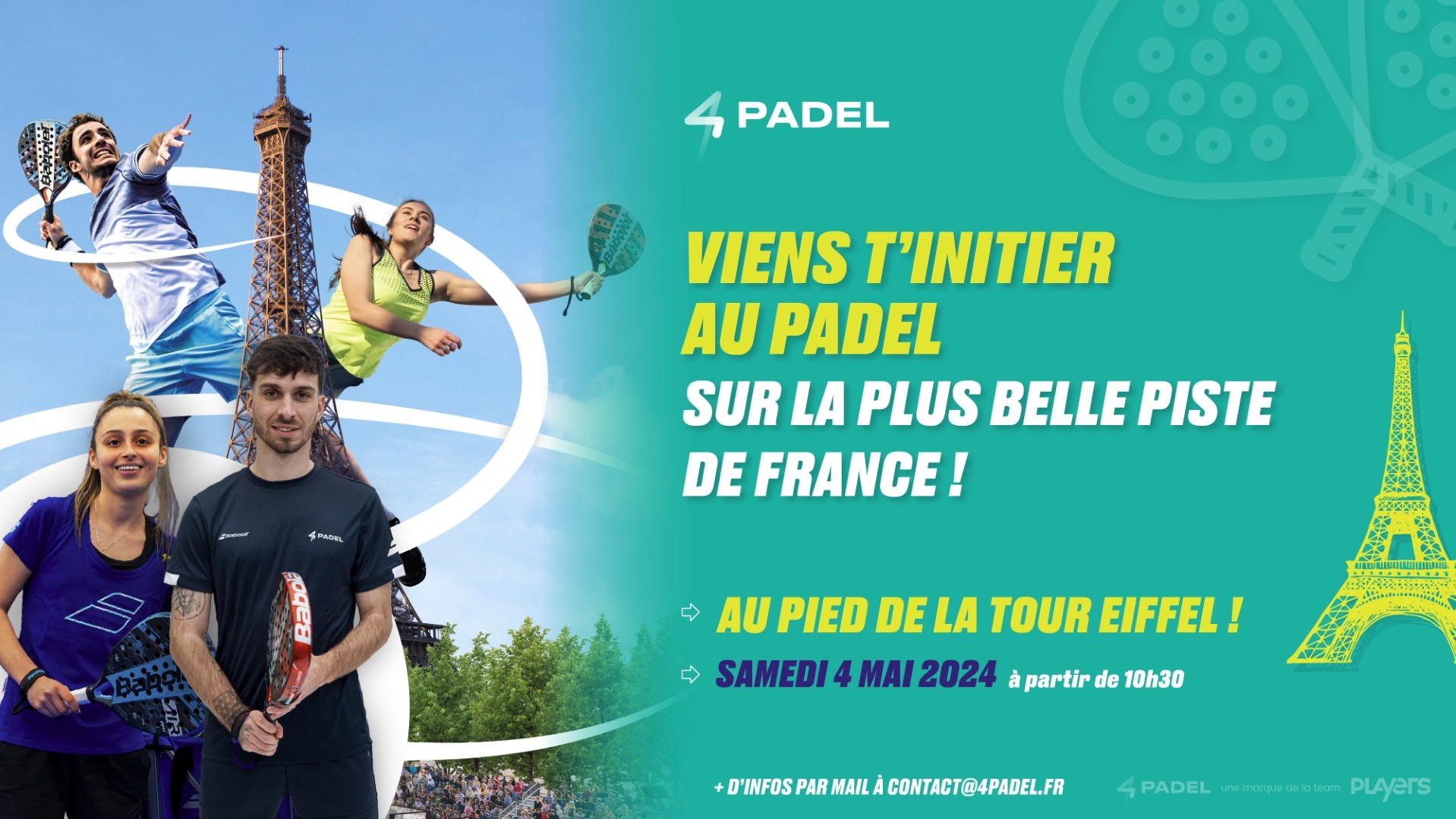 Betclic Remontada Padel : an initiation planned at the foot of the Eiffel Tower
Betclic Remontada Padel : an initiation planned at the foot of the Eiffel Tower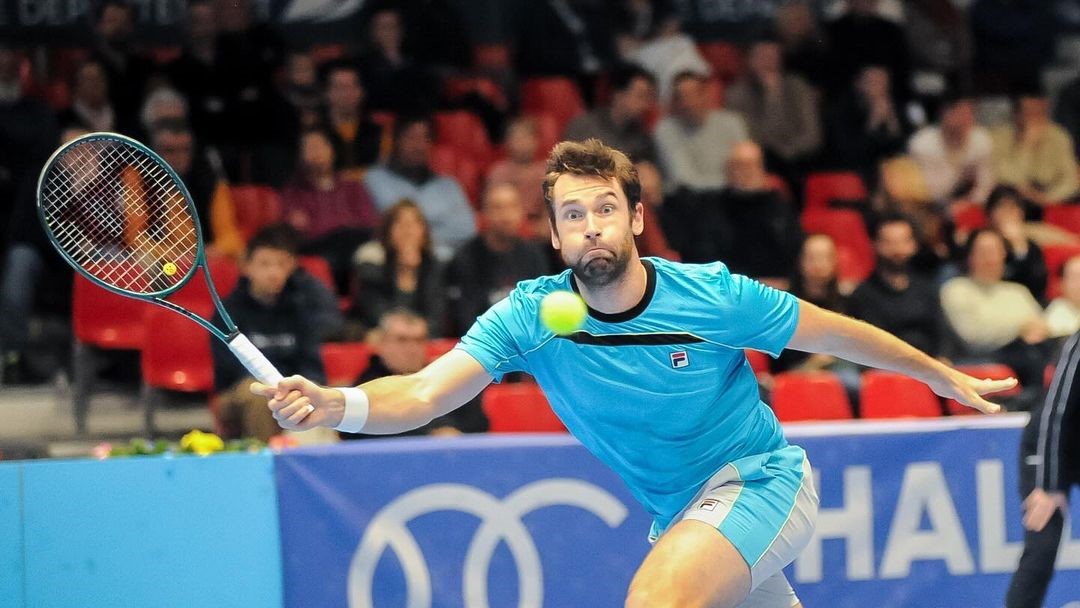 Quentin Halys takes a break with a P250 title
Quentin Halys takes a break with a P250 title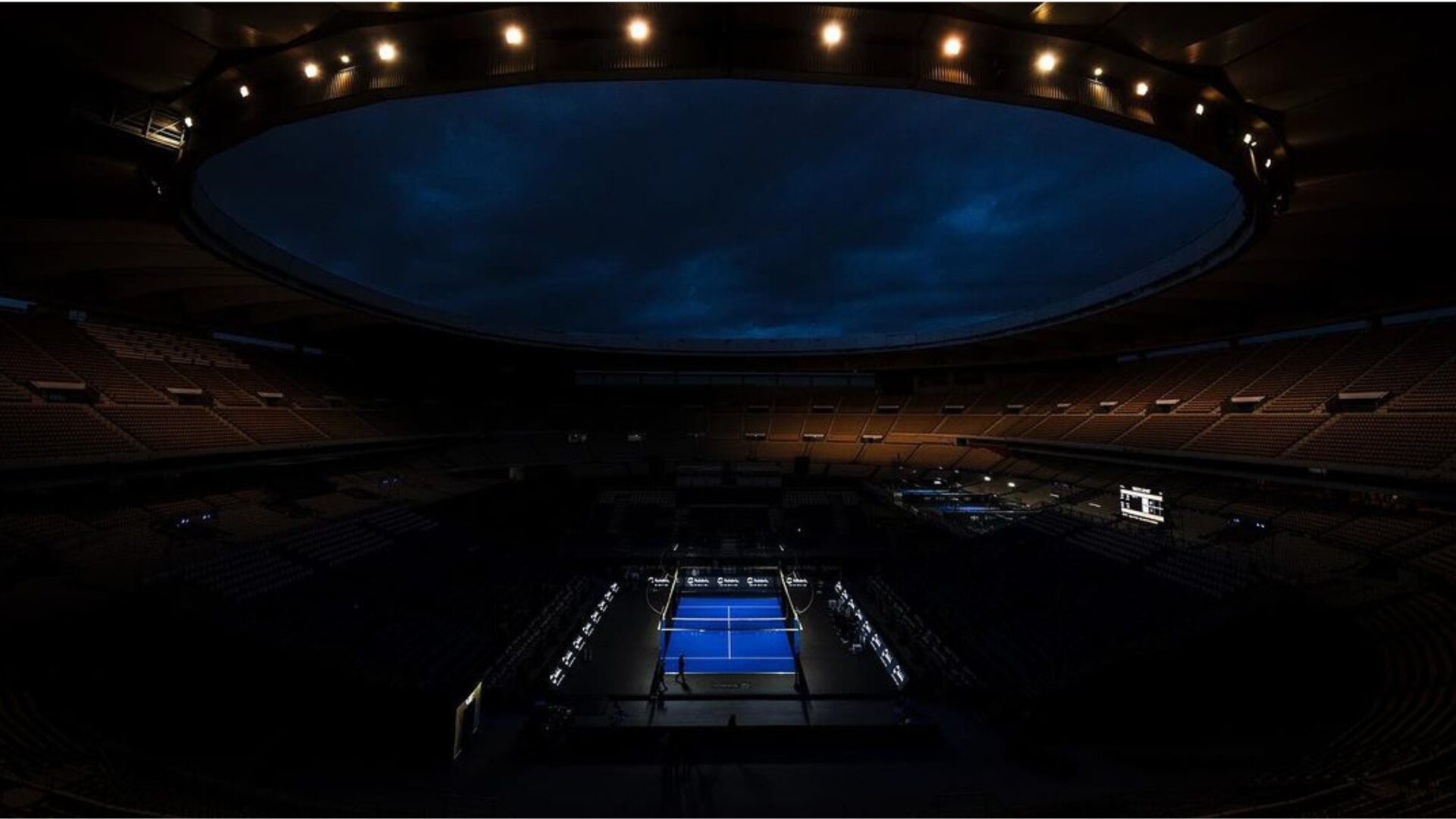 Premier Padel Sevilla P2 – Wednesday’s (busy) program
Premier Padel Sevilla P2 – Wednesday’s (busy) program José Manuel Escin at the inauguration of Casa Padel DOS: “Finally, and thank you!”
José Manuel Escin at the inauguration of Casa Padel DOS: “Finally, and thank you!” Padel Score comes to Tahiti for American Express Padel Cup!
Padel Score comes to Tahiti for American Express Padel Cup! Do you know the Rafa Nadal Academy Tour?
Do you know the Rafa Nadal Academy Tour? Brussels Premier Padel P2 – the final in stats
Brussels Premier Padel P2 – the final in stats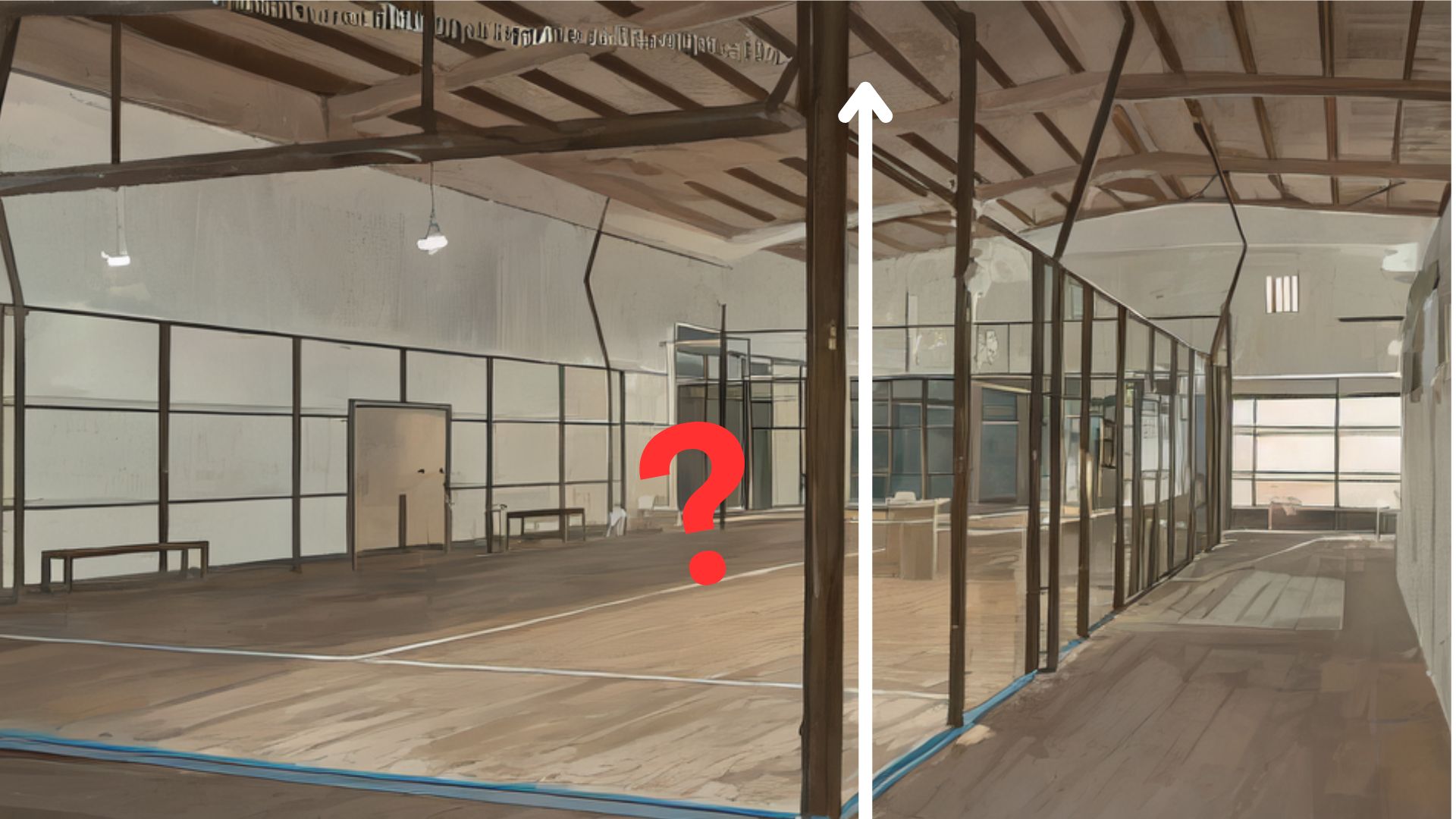 Find out everything about the dimensions of a plot of land padel
Find out everything about the dimensions of a plot of land padel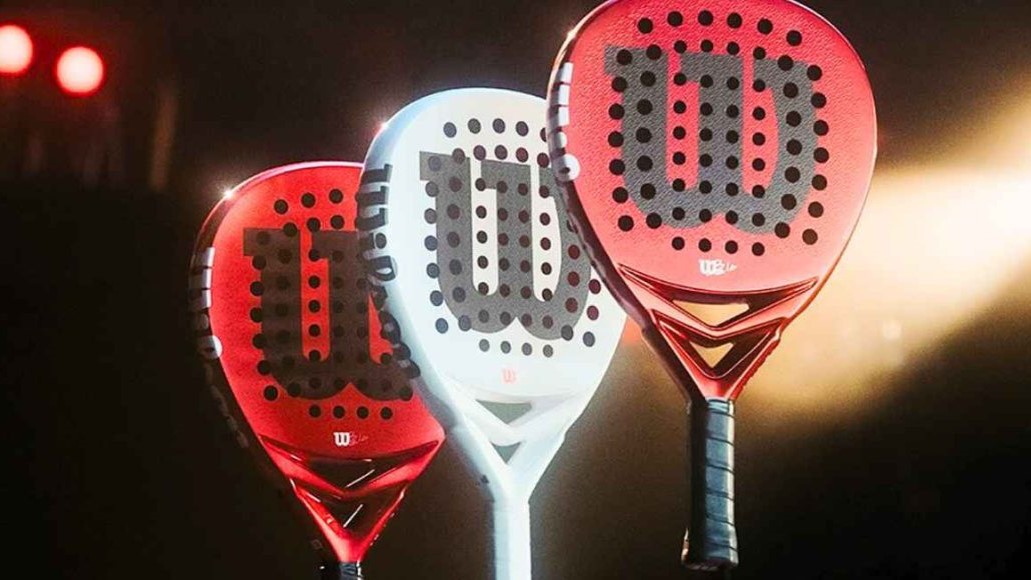 Presentation of the Wilson Bela V2.5 collection
Presentation of the Wilson Bela V2.5 collection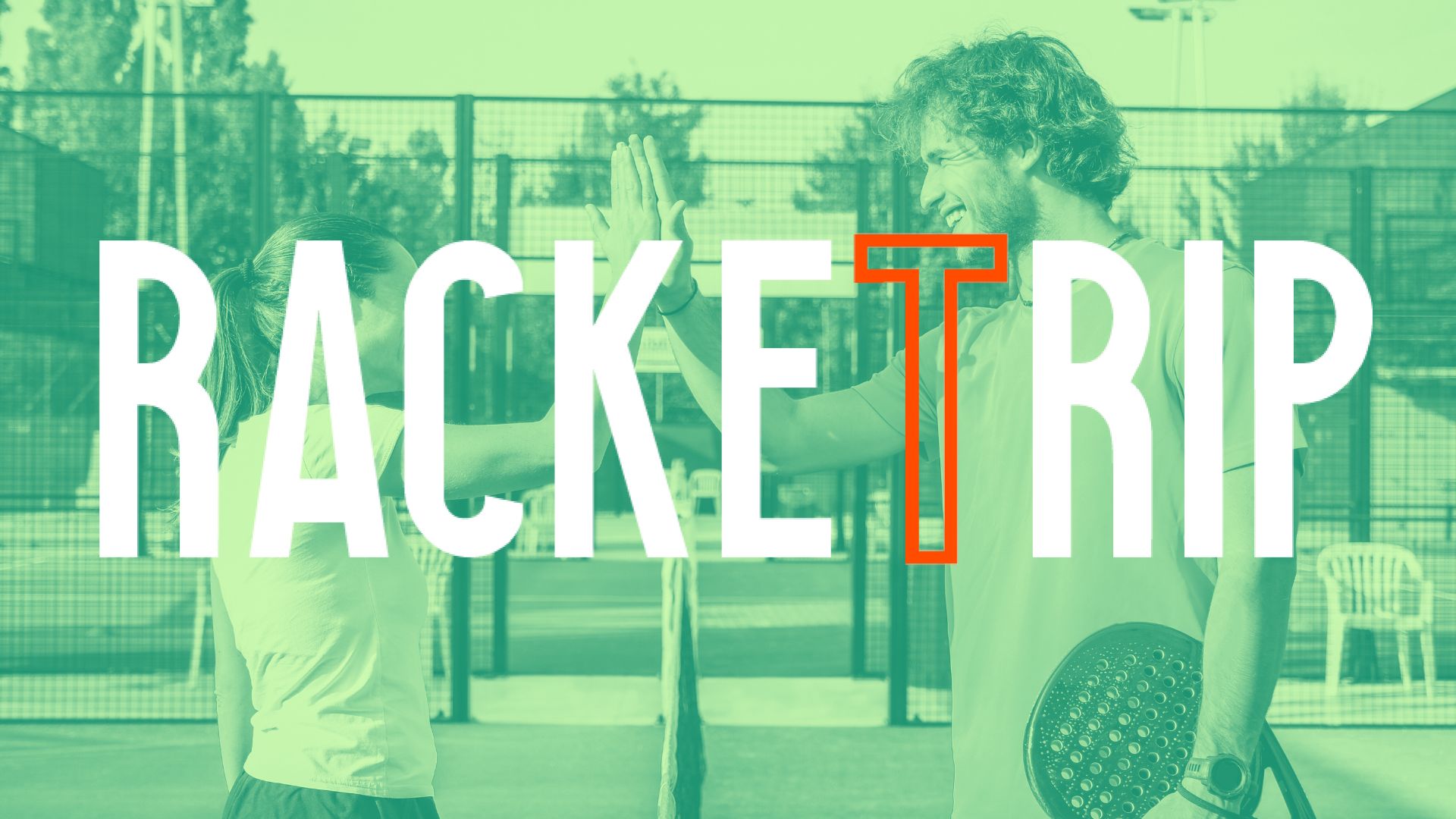 The LinkedIn of racquet sports: Racket Trip
The LinkedIn of racquet sports: Racket Trip At the heart of padel – Episode 25: Paul and Andoni answer your questions
At the heart of padel – Episode 25: Paul and Andoni answer your questions At the heart of padel – Episode 23: defend the window well
At the heart of padel – Episode 23: defend the window well Prohibition on playing topless Padel : the reasons
Prohibition on playing topless Padel : the reasons FIP Tour – Going far from Europe, THE strategy to earn points!
FIP Tour – Going far from Europe, THE strategy to earn points! What is a good football player? padel ?
What is a good football player? padel ? “Lefties give me headaches when I play against them!”
“Lefties give me headaches when I play against them!” At the heart of padel – Episode 14: how to earn points in winter?
At the heart of padel – Episode 14: how to earn points in winter? The basic tactics of padel
The basic tactics of padel A par 4 is always a winner...even if you manage to defend it!
A par 4 is always a winner...even if you manage to defend it! Carbon fiber VS fiberglass: what to choose?
Carbon fiber VS fiberglass: what to choose? How to effectively test a racket padel ?
How to effectively test a racket padel ? La padel to fight Parkinson's disease
La padel to fight Parkinson's disease Don't play with a cracked or broken racket, your body will thank you!
Don't play with a cracked or broken racket, your body will thank you! Michel Cymes: “The padel, physically, it’s serious!”
Michel Cymes: “The padel, physically, it’s serious!” Our Top 10 training courses padel in France and Europe
Our Top 10 training courses padel in France and Europe Jeremy Gala: “Promote the padel among young people in Belgium remains a challenge”
Jeremy Gala: “Promote the padel among young people in Belgium remains a challenge” The French Touch Academy organizes its selection day Padel-Study
The French Touch Academy organizes its selection day Padel-Study Report on the detection and training of younger generations
Report on the detection and training of younger generations